It's been a long time since we addressed this type of subject on our blog. It's time to look at a crucial topic that we haven't explored in a while on our blog. After dissecting fast fashion, greenwashing, and the workings of Amazon, today we are diving into the waters of the circular and linear economy!
As a good student, we suggest you start with the definition of these two notions:
Let's start with the basics. The linear economy relies on the extraction of raw materials to create products that often end up in the trash after use, all on a large scale. In contrast, the circular economy aims to minimize waste by reusing and recycling resources wherever possible, thereby creating a virtuous circle.
The circular economy presents itself as a more viable model for our society. Indeed, it’s a bit of a miracle solution to all our problems, and here’s why:
The 7 pillars of the circular economy
- Sustainable sourcing : the mode of exploitation of resources is optimized so as to limit the environmental impact as much as possible.
- Eco conception : the entire life cycle of the good or service created is taken into consideration from its design, always with the aim of minimizing environmental impacts.
- Industrial and territorial ecology : this is based on cooperation between companies to exchange and/or pool their needs. Thus, the management of a territory's resources is optimized.
- Economy of functionality : favors use over possession by selling product-related services rather than the products themselves.
- Responsible consumption : here, it is the consumer who becomes an actor. Its purchasing process must take into account the environmental impacts of each stage of the product life cycle.
- Extension of the duration of use : this can involve maintaining the product so as to make it last over time, purchasing second-hand or even donating or selling to give the product a new life.
-
Recycling :
raw materials from waste are used to avoid waste, a product can be diverted so as not to end up in the trash.
Although the circular economy seems much more advantageous than the linear economy, it is the latter which is mainly applied in our society. However, you have surely already understood that this way of doing things is not viable and we would benefit from replacing it as quickly as possible.
Hearts up, let's end this paper on a positive note by introducing you to these brands that we particularly like for their commitment to the circular economy!
Les Récupérables is committed to more responsible fashion by creating all of its pieces from dormant stocks from the textile industry. Thus, materials are revalued rather than being wasted.
The brand Montlimart counts among its products boots made from recycled PVC! As an added bonus, they are also recyclable! Their life cycle is therefore extended.
Discover our other brands here .
Sources:


